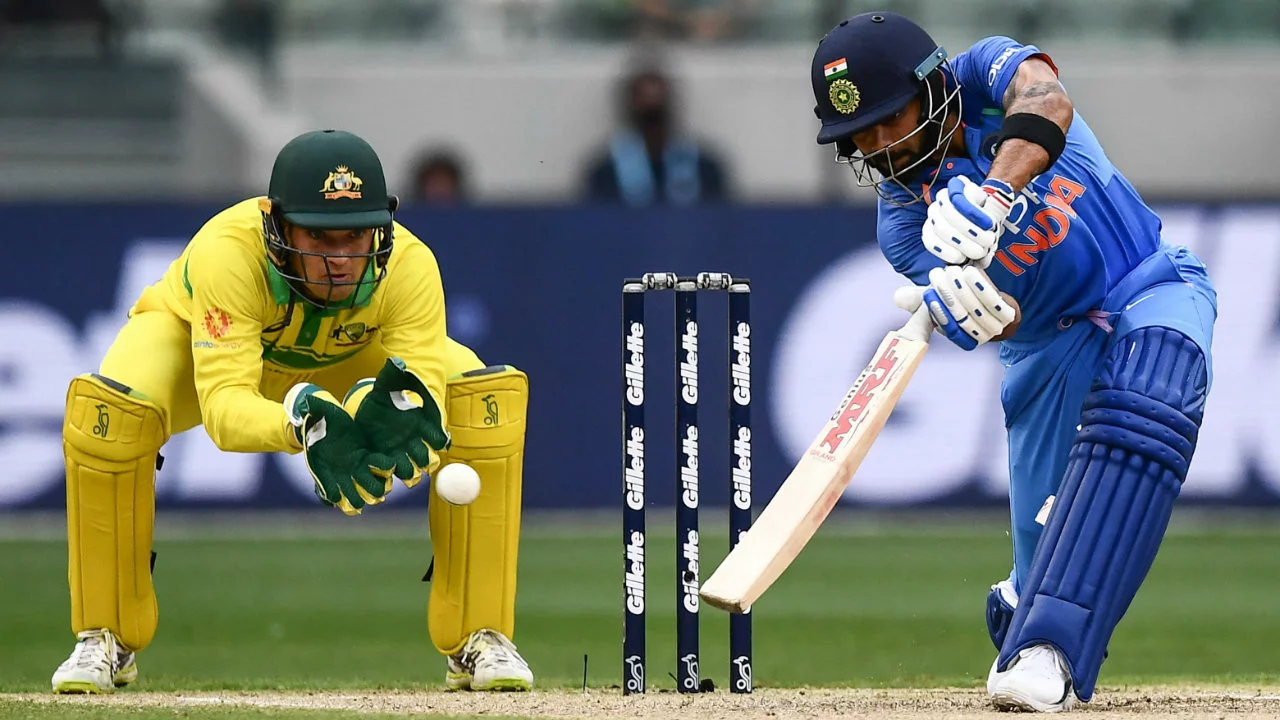Reducing Cricket Popularity – What’s Driving Fans Away
When we talk about reducing cricket popularity, the steady drop in fans, viewers, and overall interest in the sport. Also known as cricket decline, it shows up in lower stadium attendance, fewer TV ratings, and dwindling social buzz. This trend isn’t random; it’s linked to several core forces that shape how people experience the game.
One of the biggest drivers is the broadcast rights, the deals that determine which networks can show live matches. When big leagues lock exclusive contracts with pricey pay‑TV providers, casual fans often hit a paywall and simply stop watching. For example, the Humax Freely box scoping free UK channels illustrates how free access can pull viewers back, while locked‑away packages push them away. Broadcast rights therefore dictate how reachable cricket actually is for the average person.
Another critical piece is player participation, the willingness of top‑level cricketers to join domestic leagues and international tours. When stars skip the Pakistan Super League because of security worries or crowded calendars, the product feels weaker. The absence of big names in tournaments like the PSL directly reduces TV ratings and ticket sales, feeding the cycle of declining interest.
Key Factors That Hurt Cricket Viewership
Security concerns sit high on the list. After the 2009 attack on the Sri Lankan team in Pakistan, many players hesitated to travel there, causing the PSL to move matches abroad for years. This not only lowered local fan excitement but also signaled to the wider audience that cricket can be unsafe, prompting sponsors and broadcasters to pull back.
Schedule congestion adds another layer. The cricket calendar now juggles Test series, ODIs, T20 World Cups, and franchise leagues, often overlapping. Fans end up with back‑to‑back matches on different continents, making it hard to follow a single team. The four‑year ICC World Cup rhythm, while creating hype, also leaves long gaps where nothing big happens, allowing rival sports to fill the void.
Digital streaming options can be a double‑edged sword. Apps like SonyLIV, Willow TV, and JioTV give hardcore fans live access, but they fragment the audience across multiple platforms. Meanwhile, free streaming services such as the Humax Freely box threaten traditional revenue streams, pushing broadcasters to raise prices or cut coverage—further alienating casual viewers.
Alternative sports competition matters too. In South Africa, rugby often eclipses cricket, especially when cricket’s visibility drops due to broadcast or security issues. When fans see more exciting, accessible content from other sports, they naturally shift allegiance.
Finally, fan engagement tactics—or the lack thereof—play a huge role. If cricket boards don’t invest in interactive apps, social media highlights, or community events, the younger generation loses connection. The rise of esports and short‑form video platforms means cricket must adapt or risk being left behind.
All these pieces—broadcast rights, player participation, security concerns, schedule congestion, streaming fragmentation, and competing sports—interlock to form the puzzle of reducing cricket popularity. Understanding each factor helps stakeholders pinpoint where to intervene.
Below you’ll find a curated list of articles that dive deeper into each of these topics, from how TV deals shape viewership to why big stars skip certain leagues. Explore the collection to see practical examples, data‑driven insights, and ideas for turning the tide back in cricket’s favor.



